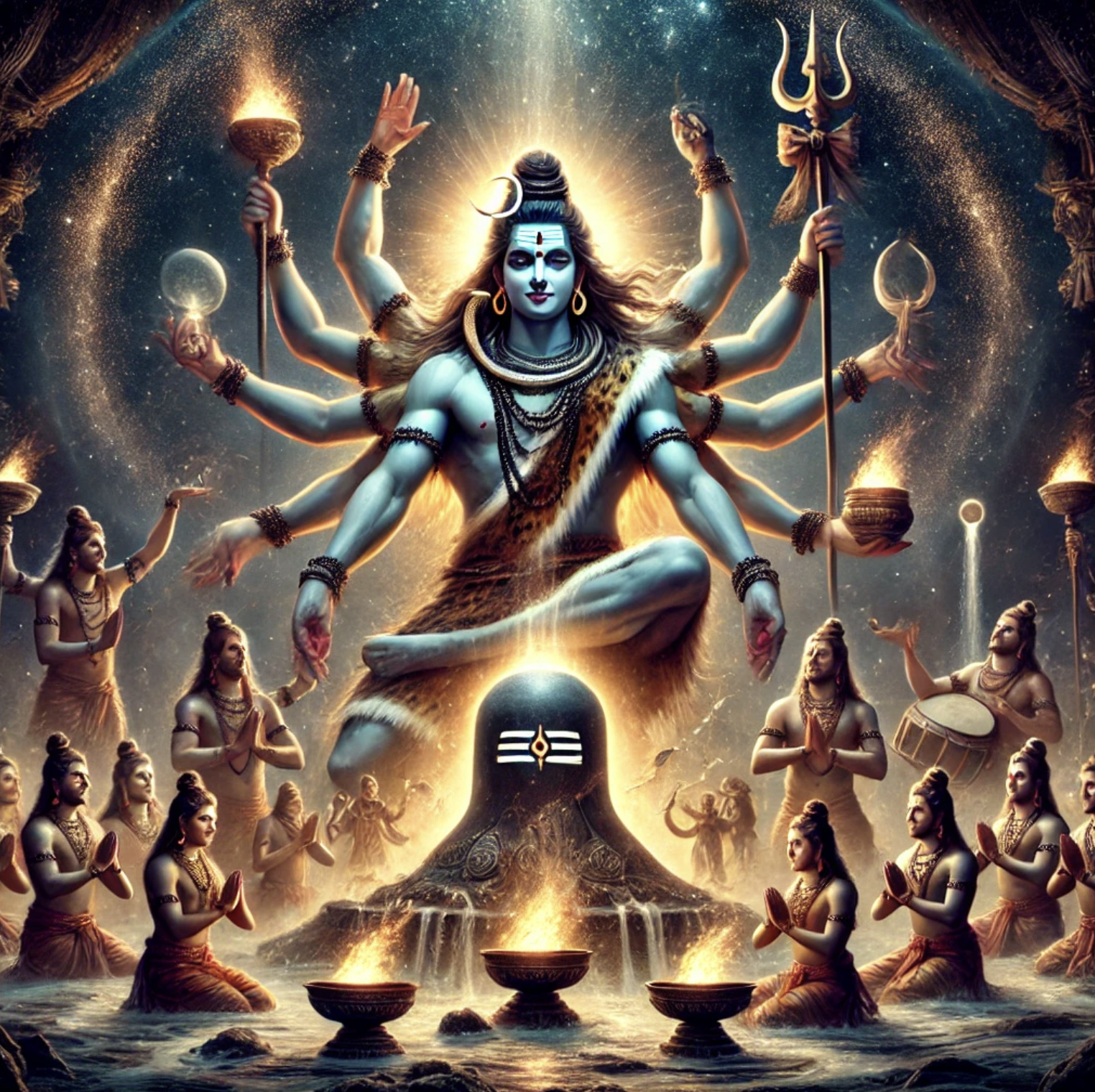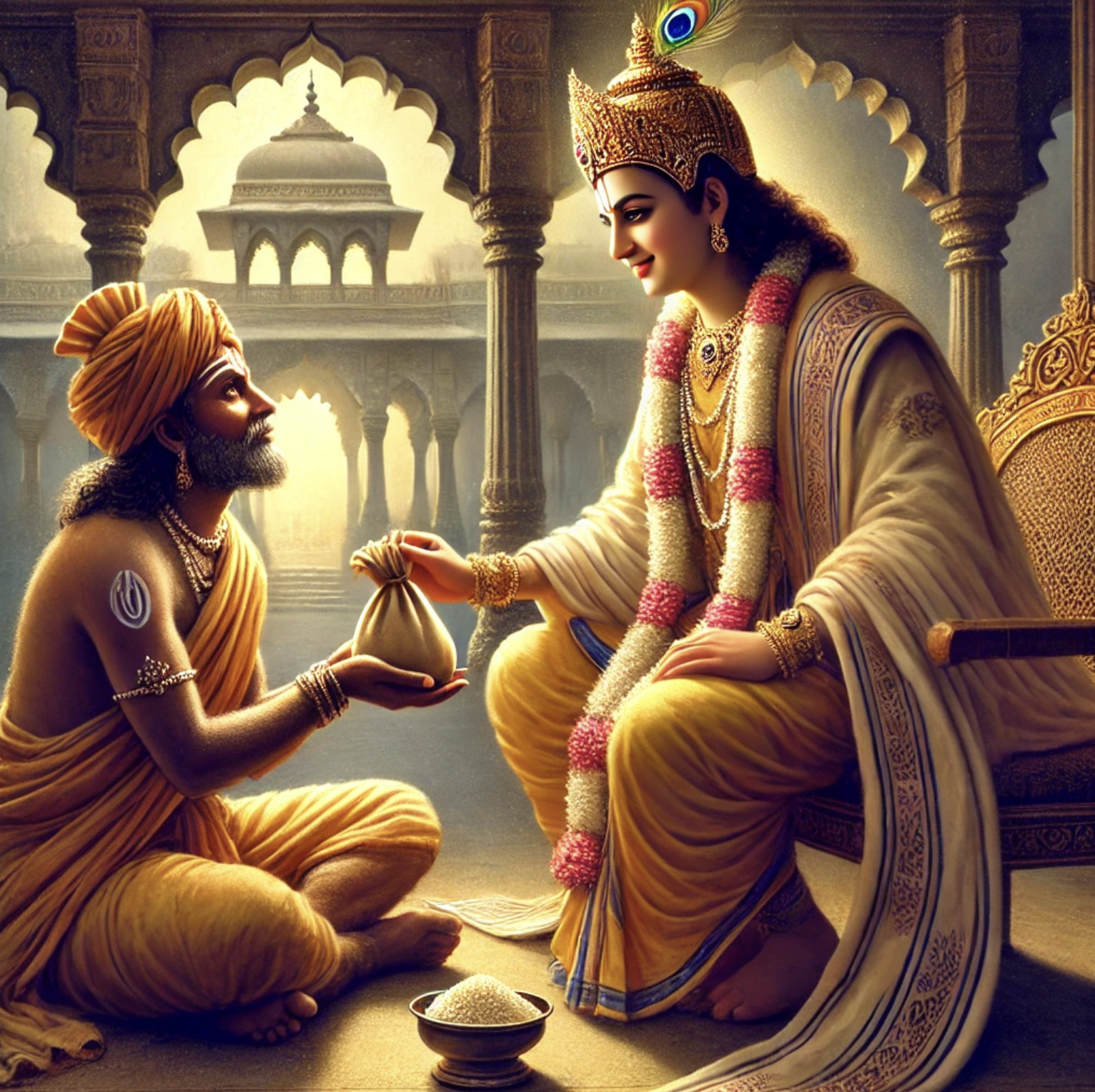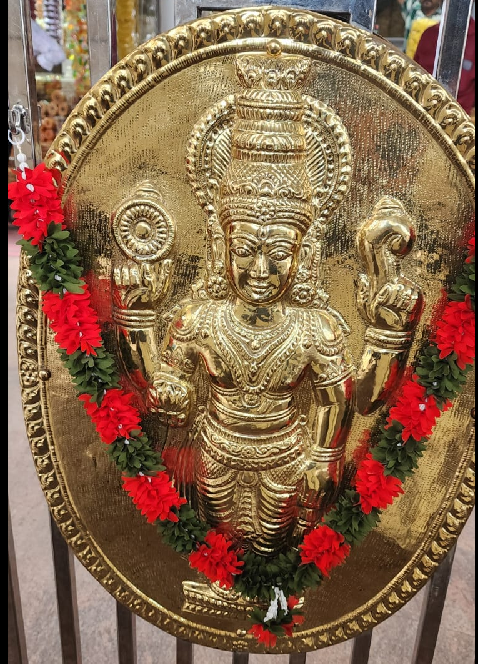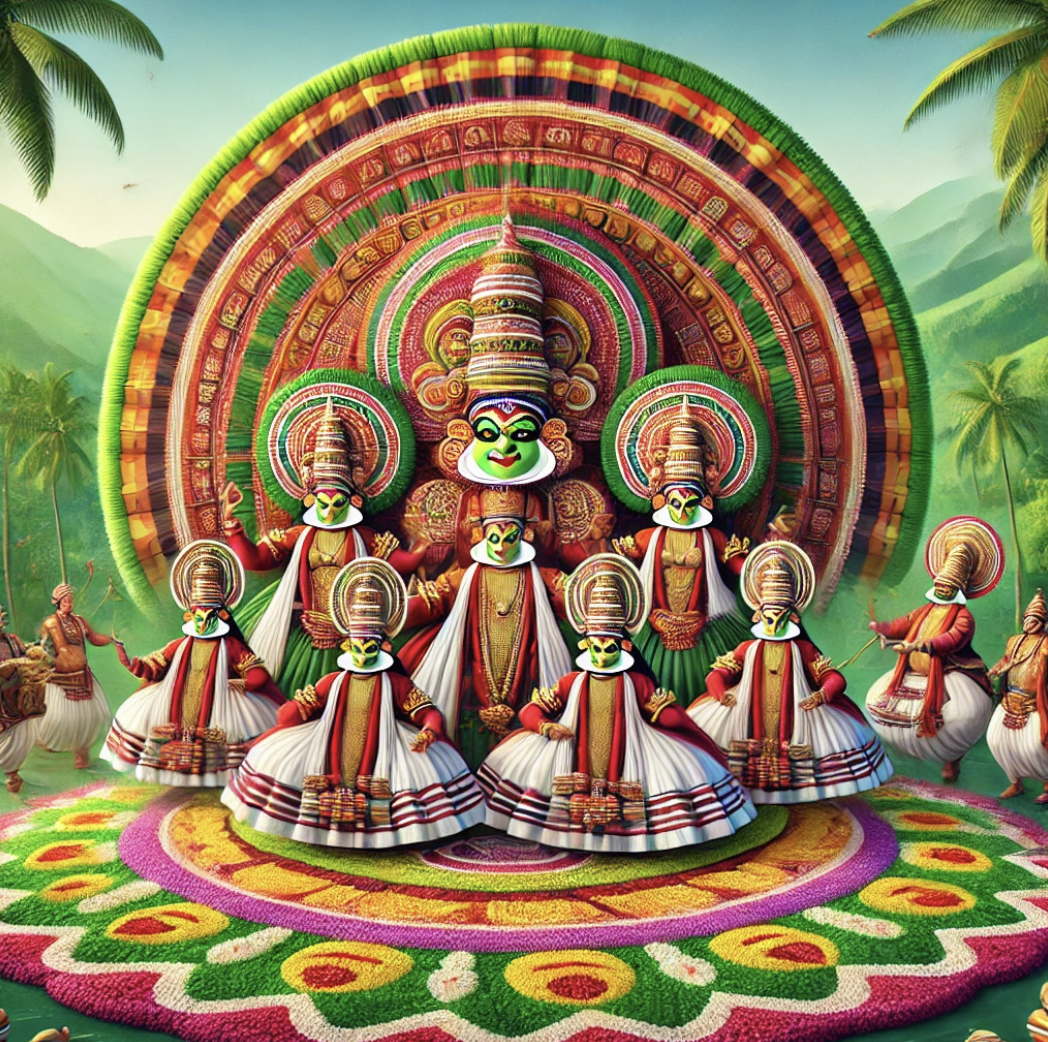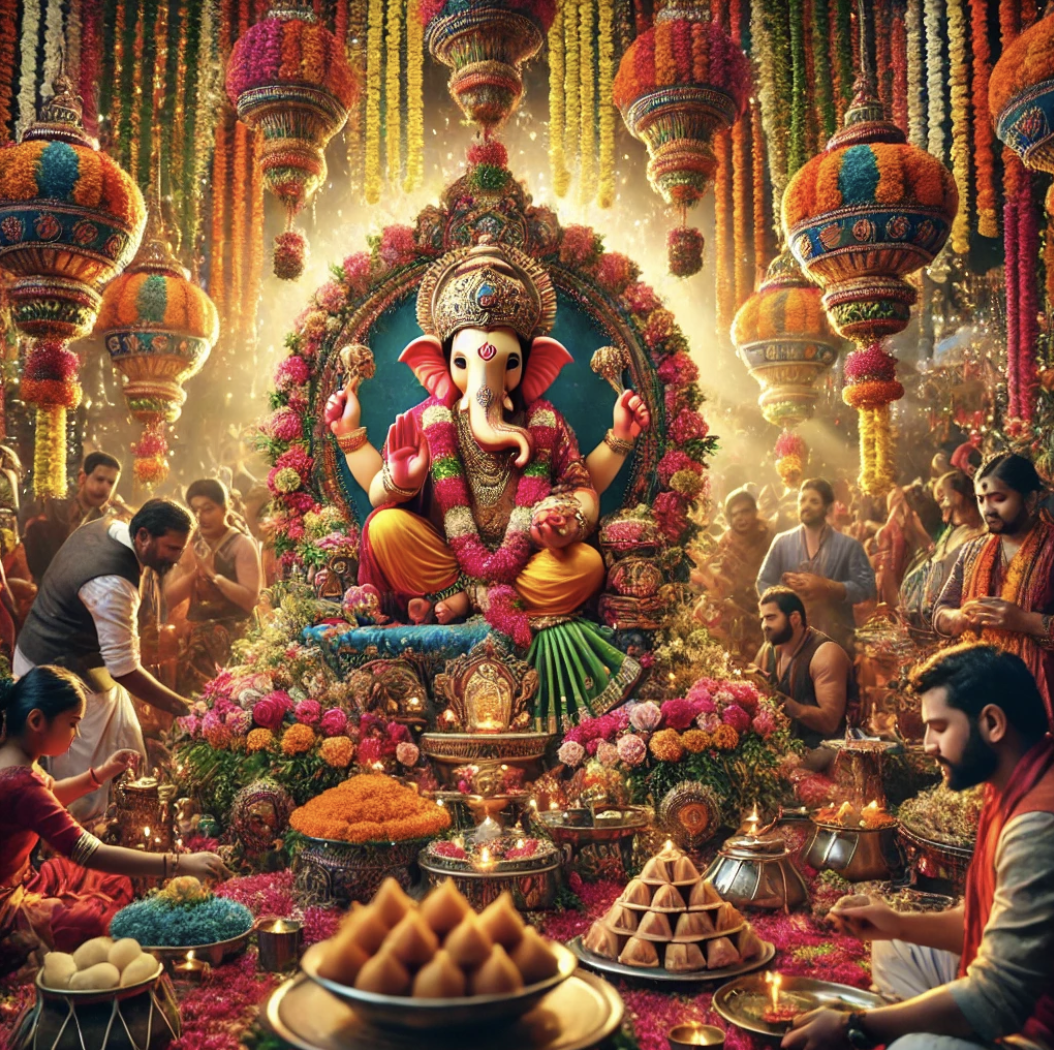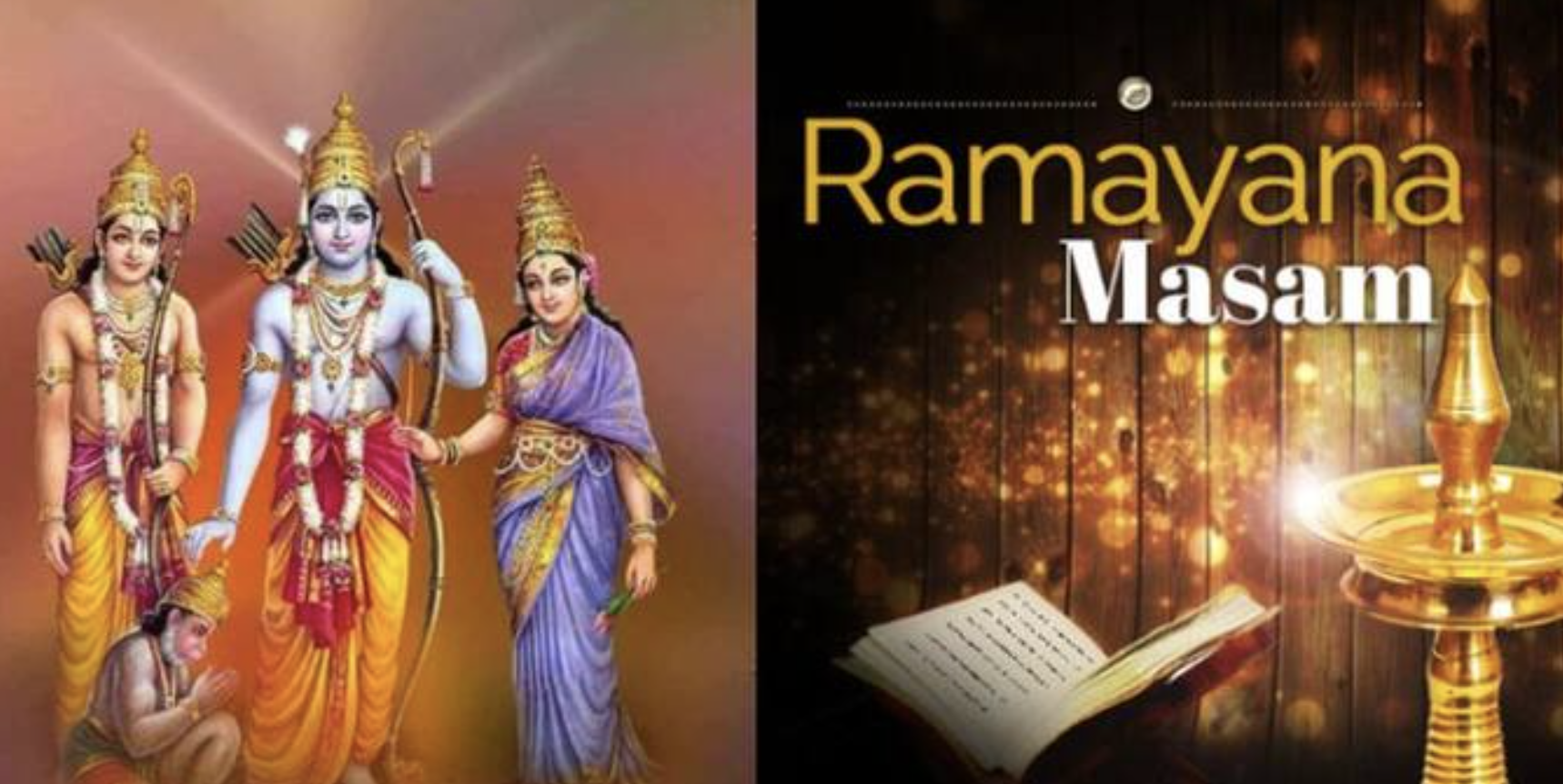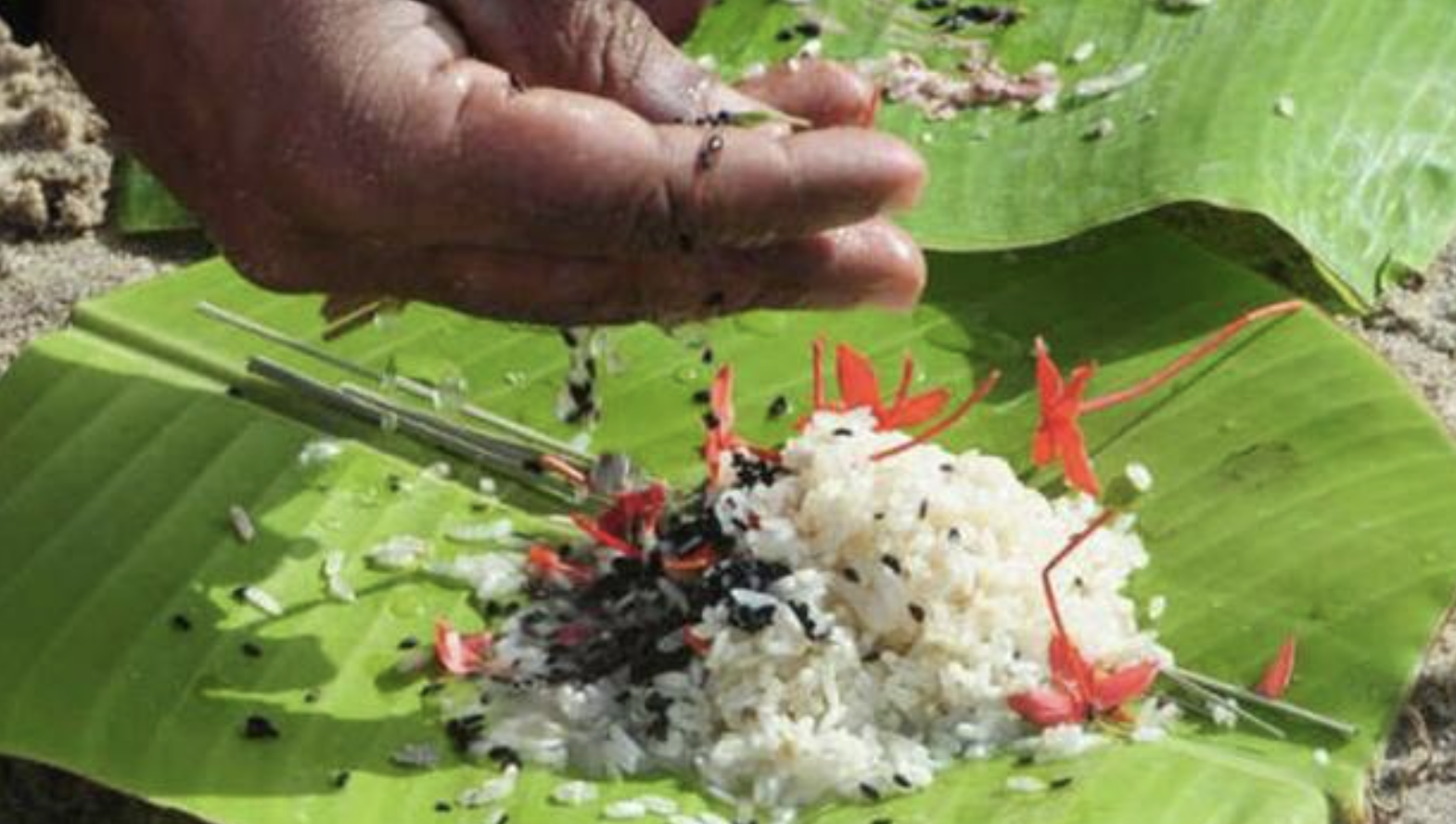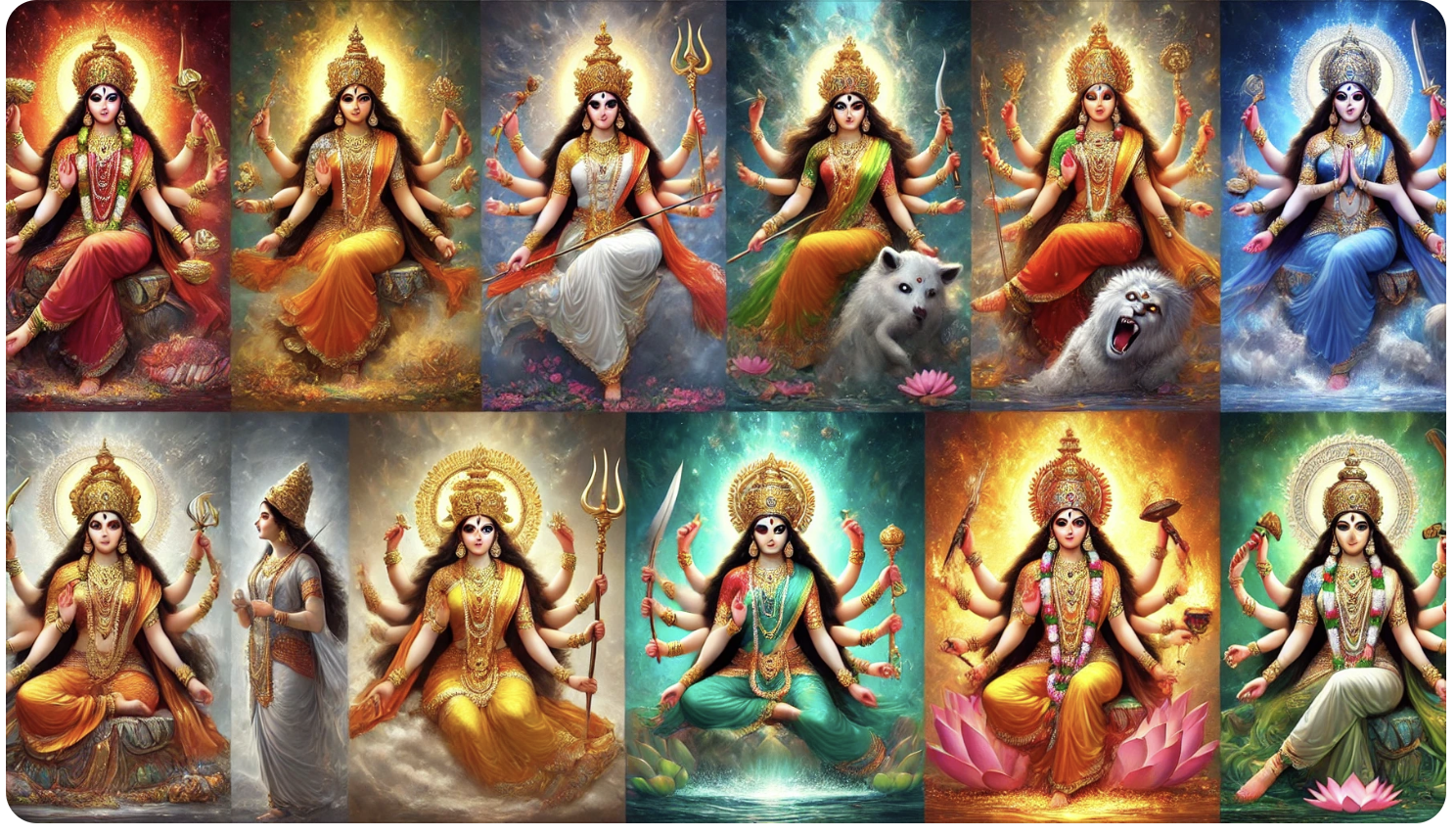
Sep 22, 2025
NAVARTHRI
Navarathri: A Festival of Divine Femininity
Navarathri, meaning 'nine nights', is a significant Hindu festival celebrated annually to honor the divine feminine, particularly Goddess Durga and her various forms. The festival spans nine nights and ten days and is observed in different ways across India, typically in the months of September or October. Each day is dedicated to a different form of the Goddess, with specific rituals, fasting, and celebrations.
Importance of Each Goddess Prayed Over the Nine Days
-
Day 1 - Shailaputri (Daughter of the Mountain):
- Color: Orange - Symbolizes energy and happiness.
- Worshiped as the embodiment of the collective power of Brahma, Vishnu, and Shiva.
-
Day 2 - Brahmacharini:
- Color: White - Represents purity and meditation.
- Known for her pious and peaceful form and is associated with rigorous devotion.
-
Day 3 - Chandraghanta:
- Color: Red - Denotes beauty and fearlessness.
- Adorned with the bell-shaped moon on her forehead, she represents protection from evil forces.
-
Day 4 - Kushmanda:
- Color: Royal Blue - Associated with health and wealth.
- Believed to improve health and bestow wealth and strength.
-
Day 5 - Skandamata:
- Color: Yellow - Brightness and cheerfulness.
- The mother of Skanda or Kartikeya, worshiped for salvation, prosperity, and power.
-
Day 6 - Katyayani:
- Color: Green - Symbolizes new beginnings and growth.
- Fierce form of Goddess Durga who combats evil.
-
Day 7 - Kalaratri:
- Color: Grey - Stands for the strength of a mother when she protects her child.
- Most fierce form of Goddess Durga and a destroyer of all evils.
-
Day 8 - Mahagauri:
- Color: Purple - Symbolizes intellect and peace.
- Known for her wisdom and purity.
-
Day 9 - Siddhidatri:
- Color: Peacock Green - Represents the fulfillment of all desires.
- Bestows Siddhis (supernatural powers) to her devotees.
Rituals and Processes
- Ghatasthapana (Kalash Sthapana): The first day of Navarathri begins with this ritual, which involves placing a pot (kalash) and sowing barley seeds in it. It symbolizes nature's fecundity.
- Daily Puja and Aarti: Devotees perform daily prayers and aarti to the specific form of the goddess worshiped that day.
- Dandiya and Garba: In western India, particularly in Gujarat, devotees celebrate with folk dances such as Dandiya and Garba during the nights.
- Kanya Puja: On the eighth or ninth day, young girls (considered forms of the goddess) are worshiped, and offerings are made to them in a ritual called Kanya Puja.
Fasting and Food
- Fasting: Many devotees observe fasts during these nine days, abstaining from meat, grains, onions, and garlic. Some opt for a fruit-only diet, while others consume a single meal each day.
- Food: Special dishes prepared include Sabudana Khichdi, Kuttu ka Atta (buckwheat flour) dishes, and fruit salads. These items are chosen for their satvic qualities which are believed to purify the body and spirit.
Conclusion
Navarathri is a profound celebration that highlights the importance of feminine power in its various forms and nurtures the spiritual growth of individuals. The festival not only celebrates the triumph of good over evil but also emphasizes the cultural heritage and rituals that bind communities together in reverence and joy.

